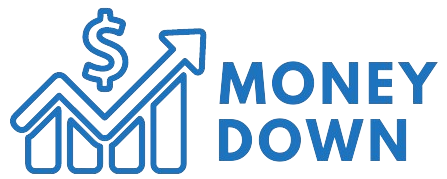Apart from the payment of brokerage provisions/streams for currency conversions, you can even receive fewer US dollars for each Canadian dollar that you simply exchange. Fortunately, Exchange Traded Funds (ETFs) offer various options to secure this weak Canadian dollar. A take a look at some options have to be taken into consideration here.
Unlessed US shares -etfs
The first option that you simply are probably already exposed to in your portfolio are US shares. This is how it really works:
Vanguard S&P 500 Index ETF (VFV) is popular. It holds the USD-denominated Vanguard S&P 500 ETF (Voo), but doesn’t use any derivatives to cancel currency fluctuations between US and Canadian currencies. As a result, the worth of VFV, when the US dollar reinforces, increases beyond the movements of the S&P 500 index.
Why? Because VfV is named Canadian dollars, while the underlying assets are in American dollars. If the USD appreciates it, these USD-held holdings in Canadian dollars are price more. This currency effect is the explanation why VfV has surpassed the Country S&P 500 Index ETF (CAD-HEDGED) (VSP) (VSP) previously decade.
In a period of 10 years, which was generally valued on December thirty first on December 31 in comparison with the Canadian dollar, the US dollar increased from VSP to fifteen.15% in comparison with the Canadian dollar in comparison with $ 11.59% . So in the event you have already got VfV or one other non -administered US Equity ETF, you might be naturally protected against a weaker CAD and may even profit from a stronger USD.
However, do not forget that the alternative is true. If the CAD strengthens and the USD devalues, VFV could lose additional value that goes beyond the movements of the S&P 500 index. (Read: “Is VfV a good purchase?”)
Global X US dollar -Tf (DLR)
If you will have ever used Norberts Gambit in your broker to convert Canadian money cheaply in Americans, you might be probably already accustomed to the worldwide X US dollar Currency ETF (DLR). If not, you recognize that the method is pretty easy: you purchase DLR with Canadian money, ask your broker to “report” it to the USD-abnominated DLR.U after which sell DLR.U for US dollars.
Nevertheless, DLR isn’t limited to currency conversion. It also can function a money management tool. By holding DLR, you effectively go to the US dollar and at the identical time earn the risk-free sentence. It currently pays an annualized distribution return of 4.44%.

